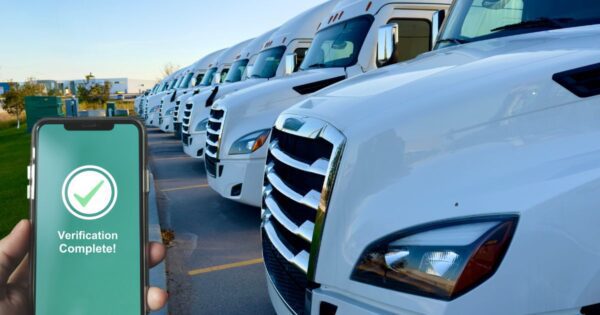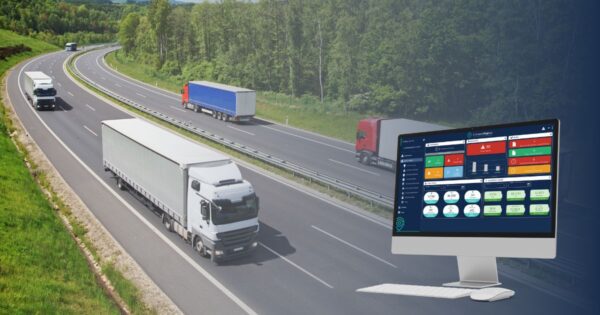Construction sites, both roadside and off-road, are among the most dangerous places to work. A look at statistics reminds us of the risks that construction workers face each and every day when they go to work.
• According to HSE, more than 40 construction workers die and many more are injured every year in the UK while on the job. Being struck by vehicles and heavy equipment is the top cause of injuries and the second cause of death for construction workers.
• On average, each year, almost 100 workers are seriously injured as a result of accidents involving vehicles or mobile plant on construction sites in the UK.
• In the United States, the Federal Highway Administration (FHA) reports an average of 123 workers lose their lives each year as a result of fatal work-related injuries at road construction sites.
With these heart-breaking figures in mind, improving and prioritising safety on job sites and particularly around construction vehicles must be a priority. Below we outline how to understand and mitigate construction vehicle risk.











